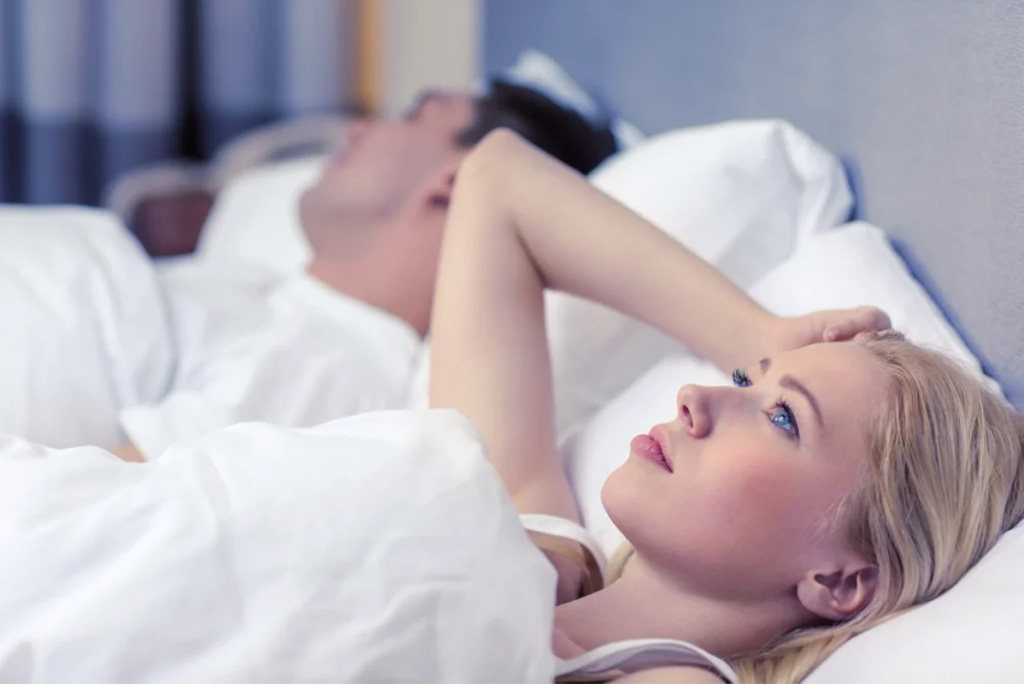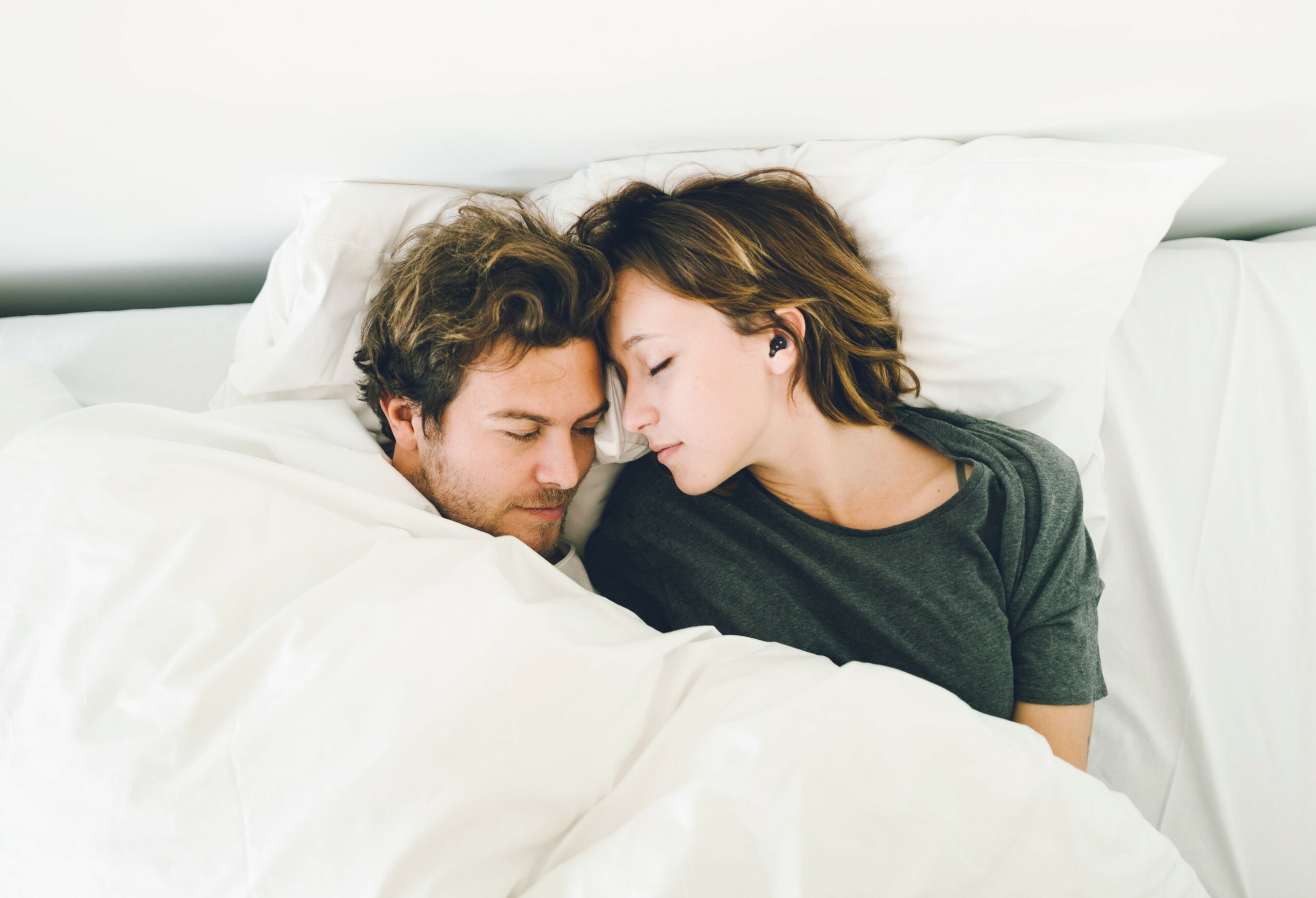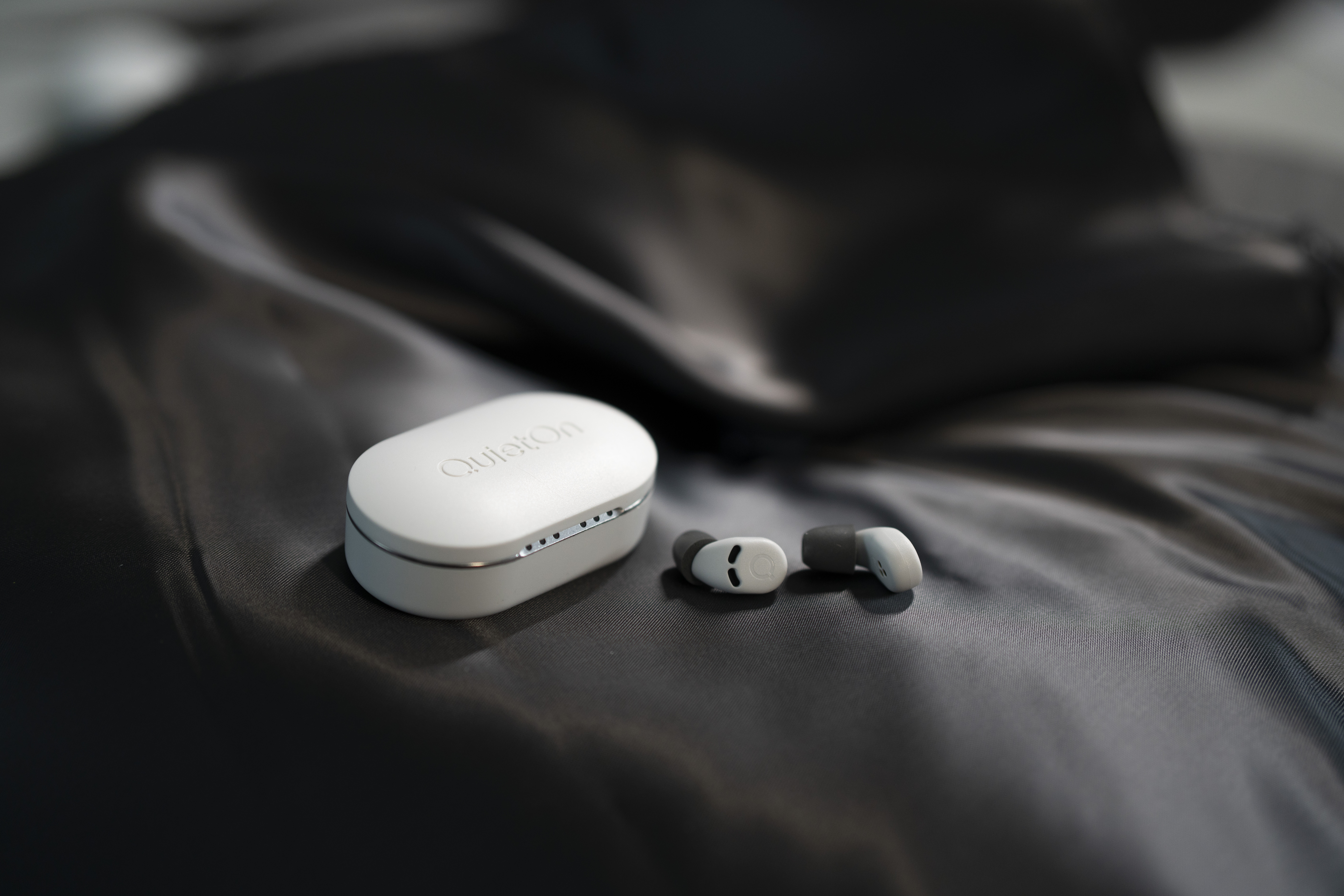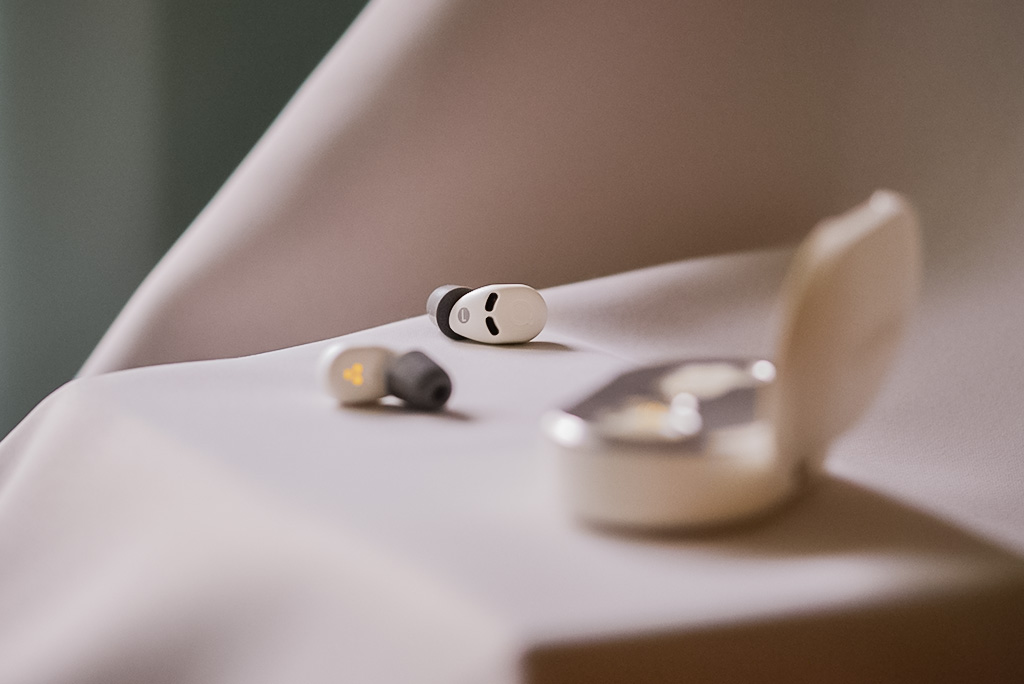Your cart is currently empty!
REM Sleep – Stages of Sleep
Out of the different stages of the sleep cycle, most of our dreaming takes place in the REM sleep stage. Sufficient REM sleep has many benefits for our overall health, such as promoting memory consolidation and emotional processing. Not surprisingly, many are thinking about how they can get more REM sleep each night. Read on…
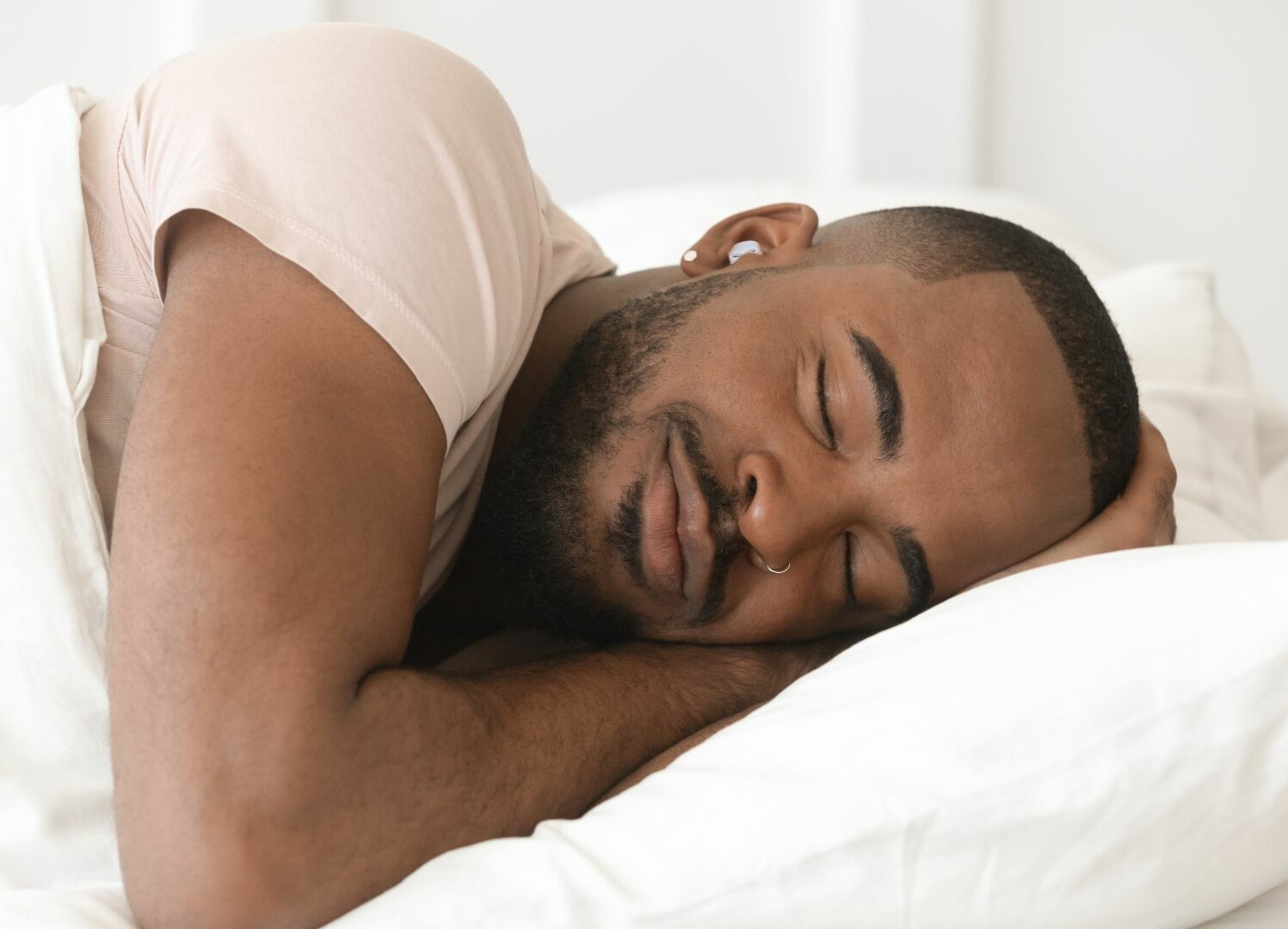
REM Sleep: What is Rapid Eye Movement Sleep?
What is REM sleep?
The word REM is short for rapid eye movement. This is because, during the REM sleep stage, your eyes are constantly moving under your closed eyelids. Although you are deep asleep, your brain activity increases greatly. Meanwhile, your body is essentially paralyzed as the brain tries to ensure that you do not act out your dreams while you sleep.
One reason REM sleep is particularly interesting for many is that most of your dreaming takes place during REM sleep. The type of dreams you see during REM sleep are also more vivid when compared to other stages leading up to REM sleep.
What is non-REM sleep?
Unlike REM sleep, other parts of the sleep cycle are characterized by the lack of rapid eye movement. This so-called non-REM sleep (or NREM) sleep occurs before the REM sleep stage at the beginning and midpoint of the sleep cycle.
Before entering the REM stage of the sleep cycle, you go through three other stages. Stages one and two are referred to as light sleep. During this stage, your body and muscles start to relax while your brain waves slow down. You may also experience short bursts of brain waves known as sleep spindles during the light sleep stage. After the light sleep stage, you enter deep sleep which is characterized by slow brain waves known as delta waves.
How long is a REM cycle?
A single sleep cycle usually lasts around 90 minutes. During this time, you go through all stages of sleep from light sleep to deep sleep and finally REM sleep. However, the length of each sleep stage varies and each stage is longer on consecutive cycles.
During the first NREM-REM cycle, the amount of REM sleep is usually 10 minutes. This may not sound like much but the length of a single REM cycle can increase significantly as the night progresses. The longer periods of REM sleep towards the end of the night can last up to an hour.
How to get more REM sleep?
Some people try to optimize the amount of REM sleep they get each night. However, more importantly, you should make sure that you are getting enough sleep overall, not just one particular stage of sleep.
There are some things you can do to improve your overall sleep, and therefore, the amount and quality of REM sleep.
- Maintain a healthy lifestyle by exercising, eating a varied diet and maintaining a healthy body weight.
- Create a dark and comfortable environment that promotes sleep.
- Minimize stress and practice meditation techniques before going to bed.
- Create a consistent sleep schedule.
- Limit screen time close to bedtime.
- Consult your doctor if you suspect any sleep disorders like sleep apnea or REM sleep behavior disorder (RBD).
One way to promote better sleep is by getting rid of distractions that can wake you up. You are particularly prone to wake up during the light sleep phase. Loud noises, such as snoring and traffic, can be especially distracting.
That’s where QuietOn’s noise-canceling sleep earbuds come in. The QuietOn 3.1 sleep earbuds and their active noise-canceling (ANC) technology block loud noises effectively. The earbuds are comfortable to sleep with and fit all ears.


